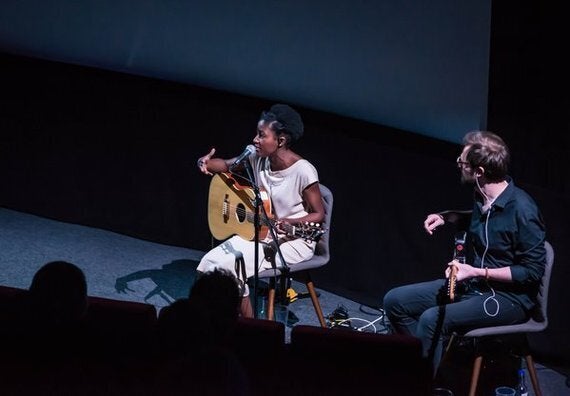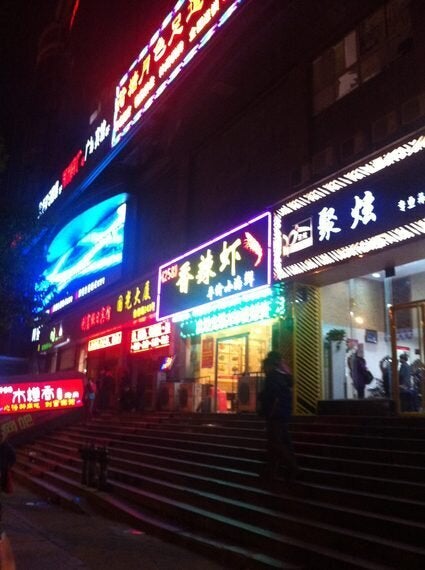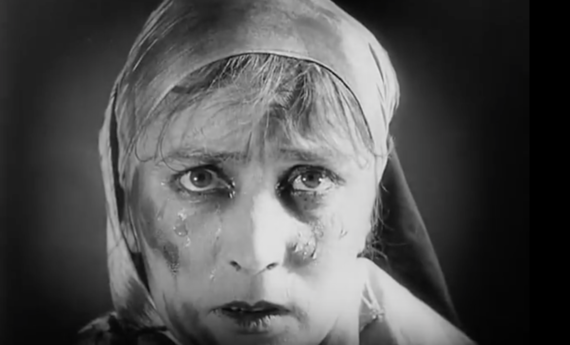For the past few years Manchester has been exploding with cross-platform collaborations. Events embracing music, film, science and literary crossovers have proved that it is a city for creative experimentation. Good examples would be GoGo Penguin's creation of a new live score for the exceptional Koyaanisqatsi, directed by Godfrey Reggio. Or Manchester based film makers Al & Al's Icarus at the Edge of Time, a CGI infused short film, accompanied by a Philip Glass live score. Icarus was performed at the Royal Northern College of Music by the BBC Philharmonic and blended film, science, music and mythology. The last few years have been a none stop whirlwind of international level creativity. And I am lucky to have been a part of it.

I was first approached to write for film in 2014. To celebrate the reopening of Manchester's Central Library, Manchester band Everything Everything were asked to curate a week long series of events which they titled Chaos to Order. The band then asked me to write a song-based live score to accompany images from the North West Film Archive, a collection that would be available to watch in the new library. So I began watching lots of images of the north west and making notes, little drawings and singing melodies to reflect what I saw. In the collection there were wonderful scenes of parades, dances, ballrooms and pageants, people enjoying the hours when no work was to be done. I began to write songs around these themes. Film maker Kim May then took some of the films I'd picked out and assembled the footage around the narrative in the songs. The project became Celluloid History Songs, a six song set with silent films from the archive. So far I have performed the work at Central Library, Manchester (2014), and twice at HOME, Manchester (2015/16). Celluloid History Songs continues to have a life and a voice for the past. I'm so proud of the songs and the history of the north that they are connected to.

Next, in 2015, came 'EIGHT', a totally different type of film commission, a project on an international level. 2015 was the year of China/UK exchange and the year that a new consulate was to open in Manchester's Chinese twin city, Wuhan. I and seven other musicians and film makers (hence 'EIGTHT') from Manchester and Wuhan came together to create a live event in K11 Art Village, Wuhan. Over eight days, the eight artists collaborated to create new film with an accompanying live score. At the end of the eight days we gave two performances. From concept to performance, the experience was full and creatively challenging. No time to worry about going back, revising or being doubtful. The task was bold, but we did it. It worked, across continents and languages. I still have a melody in my head from the collaboration that always reminds me of China, of the footage that surrounded the stage during the performances. It is just one indication of how much projects like this effect the senses and allow the memory to always retain something, a sight, a sound, the lights, the words, the melodies.

These two earlier projects prepared me well for what was to come next, a commission to write the score for a feature length film, Häxan: Witchcraft Through the Ages, a silent documentary from 1922, directed by Benjamin Christensen. The event took place in December 2015. From June of that year I started writing songs, compiling melodies and thinking of genres and styles in response to the film's moods, its sections, and its dynamics and quirks. It had rhythms in the silent delivery, attitudes in its content, and most of all witchcraft... lots of witchcraft. To arrange the piece I collaborated with four postgraduate students from The University of Salford. Together we arranged and reimagined the songs I had been writing to create a full on electro-acoustic live score for Häxan. It was an intensely creative/ learning experience. The score had to be plotted out on the computer, each section running from a tempo map, spitting out information to synths that needed to be manipulated and tuned. We overlaid the electronics with live piano, guitars and manipulated vocals. The project was an incredible journey into electro-acoustic scoring.

So what have I learnt from all this writing for film? Well, it's about how to build narrative in music. How to imagine a skyscraper as a musical entity or how to interpret a witch on a broom stick into notes and beats or a rhythm. There is so much you can do. Image is a sure way into song, a sure way into creating music, there's so much stimulus to chose from, it's more about what you have to leave out than not having enough to put in.
